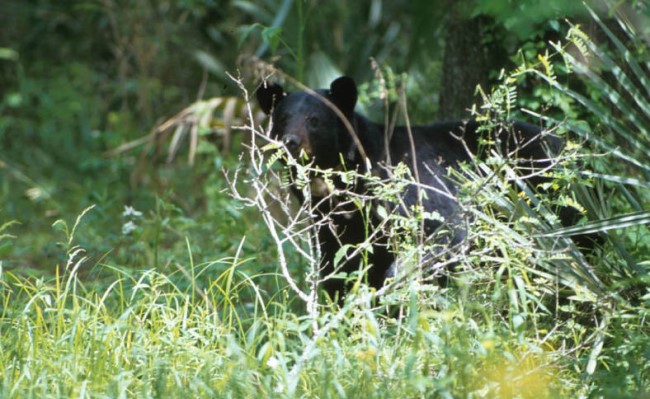Camping & Survival
A Tale of Two (Dead) Bears
Yes, “Spring Bear Mayhem” is well underway this year …
“Over, under, around, or through–if a bear wants it, the bear will have it.” We’ve talked a lot in this space about being bear aware, but a lot of people still have a bit of a blind spot about bears. Fact is, whether you’re male or female, you really are better off running into a random human man in the woods than you are a bear. Yes, it’s true that black bears are generally less aggressive than brown bears, but the difference between “usually” and “always” becomes radically apparent when there’s one on top of you. Black bears can and do attack, and when they do, the fact that you’re dealing with 300 pounds of rage-filled muscle instead of 500 pounds of rage-filled muscle means absolutely zero to your survival prospects.
Or the bear’s, to be frank.
Today, we have a tale of two black bears–one in Arizona, and one in Vermont. Can you envision what might have gone wrong in the weeks and months before these attacks?
#1: The Stalker
The Vermont Fish and Wildlife Department responded to an aggressive bear in Underhill at approximately 6:30 am on Friday, May 24. The bear’s behavior was judged a risk to public safety, and the bear was euthanized after a period of observation.
It was attracted into an area resident’s yard by recycling left outside the front door this morning. The bear repeatedly returned to the homeowner’s yard after initially being scared away at approximately 5:15 am, despite the fact that the homeowner removed the recycling and no other unsecured food sources were present on their property. After returning, the bear showed no fear of people and acted aggressively.
A game warden responded to the homeowner’s call and confirmed that the bear’s behavior was aggressive. After the bear adopted a predatory stance with its head lowered and began to approach and circle the responding game warden, the warden euthanized the bear.
“No one wants bear conflicts to escalate to the point that killing the bear is necessary to protect public safety,” said Game Warden Lt. Robert Currier. “Vermonters have a responsibility to stop these kinds of conflicts before they escalate by making sure bears are not attracted to our homes by easy access to foods like unsecured garbage, birdfeeders, or unprotected backyard chickens and bees. Proactive conflict prevention is the safest thing for the bears, and for people.”
This bear was an individual of roughly 100 lbs., that had been reported for aggressive behavior by multiple landowners in the area over the past several weeks.
~~~~~~~~~~~~~~~~~~~~~~~~~~~~~~~~~~~~~~~~~~~~
In this case, the homeowner appears to have done his/her best to keep their property free of bear attractants, but the bear had been hanging around the area for some time. The key is that last line: That bear only weighed 100 lbs. That’s almost certainly a juvenile on its own for the first time. Young bears, despite their relatively smaller size, can be dangerous because they’re simply not very good hunter-gatherers yet. Trash, pet food, recycling, compost, bird feeders, beehives … all of these things are basically effort-free meals for a young bear.
Keeping bears out of your neighborhood is a community effort. If one person in the area feeds the bears–deliberately or simply through carelessness–the bears will be a problem for everyone.
~~~~~~~~~~~~~~~~~~~~~~~~~~~~~~~~~~~~~~~~~~~~~~~~~~~
#2: The Invader
The Arizona Game and Fish Department (AZGFD) dispatched a black bear last night after it attacked a 15-year-old male in Alpine, Ariz.
The victim was sitting inside a cabin when the bear entered through an open door and proceeded to swipe at him from behind. It then left the cabin and approached other family members before entering the cabin a second time and swiping at the victim’s arm. After arriving on scene, AZGFD wildlife officers were able to quickly locate and dispatch the bear. The victim sustained injuries to the face and arm and was treated at a local hospital.
AZGFD officers said the bear was a male black bear estimated to be about 3 years old. The carcass will be examined and tested for disease by the department’s wildlife health specialists.
Black bears are predatory animals and should always be considered unpredictable and dangerous. Wildlife officers are guided by the department’s human-wildlife conflicts policy which generally describes acceptable or unacceptable wildlife behaviors and the appropriate responses.
~~~~~~~~~~
The Arizona bear attacked by entering a vacation cabin. Although there’s no way to be sure, what’s most likely in this scenario is that previous cabin renters had either directly fed this bear, or had left their food out in such a way that they may as well have fed it. Once a bear comes to see humans as a food source and not a threat, a countdown begins. That bear is almost certain to be euthanized eventually; the questions is who or what it will destroy first.
-
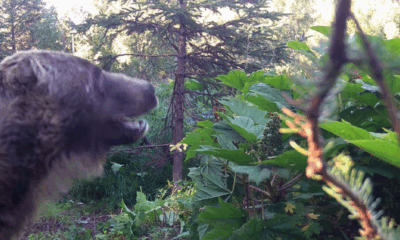
 Hiking & Climbing1 week ago
Hiking & Climbing1 week agoWhen Bears Bring the Drama: A Tail—or Should I Say “Tale”?
-

 Adventure1 month ago
Adventure1 month agoREACTION: Trump’s Make America Beautiful Again Agenda
-

 Gear2 months ago
Gear2 months agoLet Freedom RING! Primary Arms’ Independence Day Category Sale Starts NOW
-
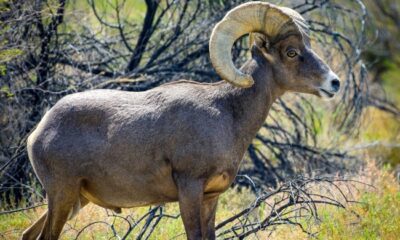
 Adventure2 months ago
Adventure2 months agoU.S. Bighorn Sheep Going Home to Canada
-
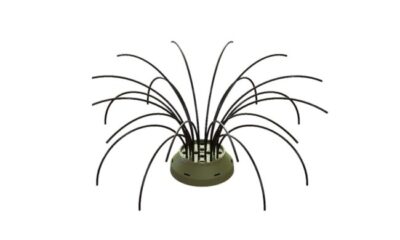
 Fishing4 weeks ago
Fishing4 weeks agoMy Wacky Bush Brings All the Bass to the Yard
-
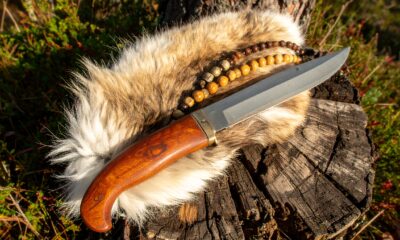
 Camping & Survival2 days ago
Camping & Survival2 days agoField Dressing 101: Knowing When It’s Their Turn
-
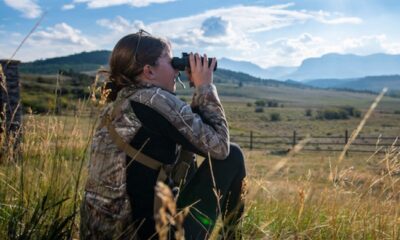
 Adventure3 weeks ago
Adventure3 weeks agoNo Ivy Required: University of Montana’s New Center for Hunting and Conservation

